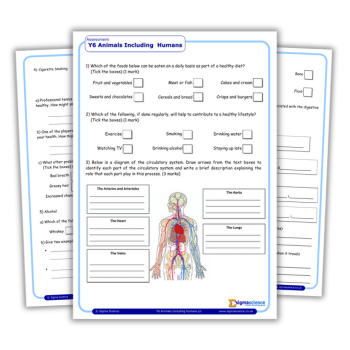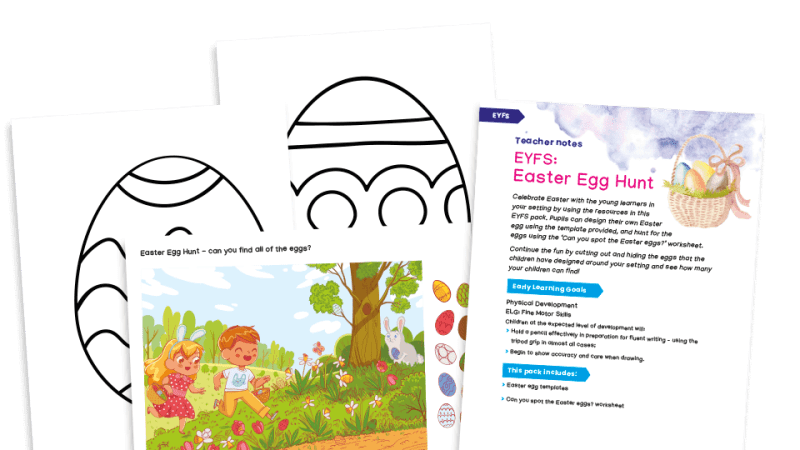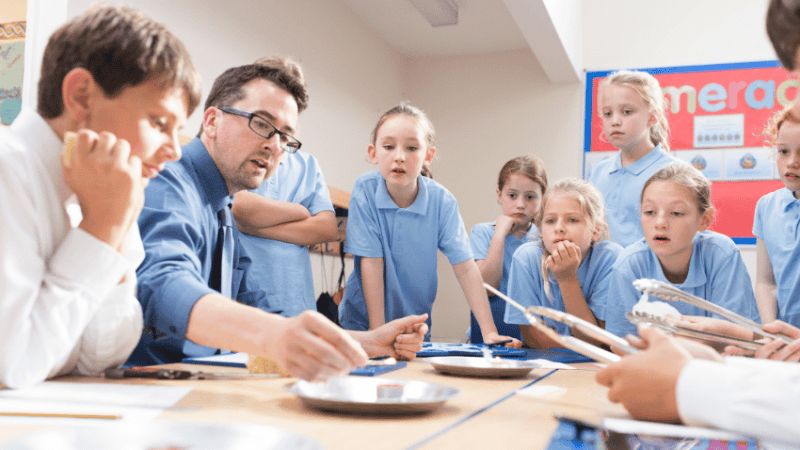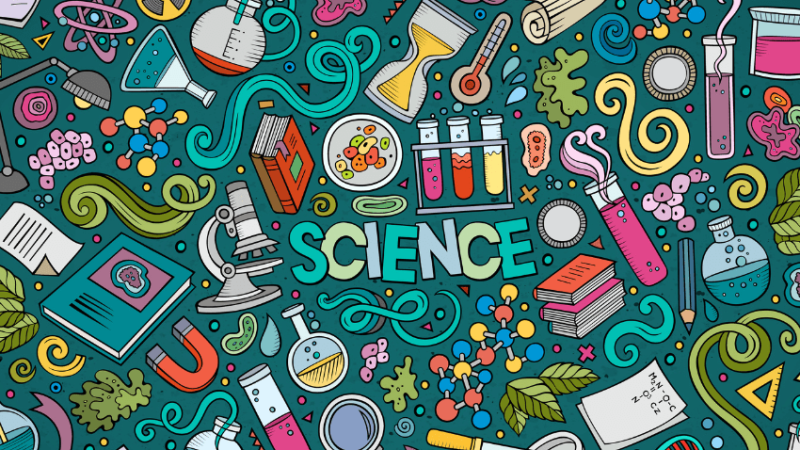Immersive learning – How we improved outcomes (and impressed Ofsted)

A surprise visit from a dinosaur in our playground was just the start of an immersive learning journey for our pupils…

In the autumn term we had a surprising visitor to the school. A T-Rex was spotted in the playground during break! It seemed to be looking for something, and moved around the playground until it disappeared as suddenly as it had arrived…
A few days later, we found a pile of twigs and sticks in the corner of the playground. These gradually accumulated over the next few days.
The children started to talk about what was happening, particularly when they discovered some extraordinary teeth and fossils.
It wasn’t long before they made the connection with the T-Rex and started to think the pile of sticks might be its nest. In the following days, we confirmed this when a dinosaur egg appeared.
Now, you may have guessed that this special dinosaur visitor was a bit of a stunt. And you’d be partially correct – but it was also much more than that.
The dinosaur nest was in fact part of a Year 2 cross-curricular approach to teaching about dinosaurs, supporting science, art, history and English.
It’s an example of immersive learning, an approach we use across our school.
Immersive learning
Immersive learning has its roots in immersive theatre. This invites the audience to move through a theatrical world as active participants.
We have found the approach gives greater purpose to learning for the children and increases their engagement.
The dinosaur nest and the visit from the T-Rex gave children a sense of awe and wonder.
They engaged in a number of ways, including dissecting dinosaur poo in science to learn more about the animal’s diet; writing stories linked to the dinosaur nest in English, inspired by The Dinosaur’s Diary by Julia Donaldson and The Dinosaur that Pooped a Planet by Tom Fletcher; and learning more about chronology and what the world was like during the time dinosaurs roamed the earth in history.
Even now the project is complete, it has continued to have a positive impact on the children’s general engagement and communication.
They still find clues in the playground that they think could have been left behind by the dinosaur. It remains part of their day-to-day conversations.
Dinosaurs have been a topic of discussion and inspiration for much longer this year than they were during a different iteration of the topic last year.
Why we use immersive learning
Using immersive theatre as a tool to educate, explain and enlighten is an emerging discipline.
We learned about it eight years ago when the charity Punchdrunk Enrichment led a whole-school immersive learning project.
It was about a travelling library, The Lost Lending Library, which arrived following the visit of a peripatetic librarian…
Located behind a bookcase which had mysteriously replaced the door to our staff room, small groups of children discovered that it led into a fantastical library crammed with books of all sizes and colours.
They met the guardian of The Lost Lending Library, who told them about its travels and how it jumps from place to place driven by the imagination of young people.
The guardian explained that their colleague Gillian had reported a whole shelf of books missing. They asked the children to help by writing stories to replace them.
All our pupils visited The Lost Lending Library and, whatever their age, were absolutely stunned.
Each child was given a library card so they could return, and in the days that followed they wrote many new stories for the library before it mysteriously disappeared. Although not before making every child a lifelong member!
We found that the children became much more engaged in their learning, enthusiastic about writing stories, and immersed in their work.
Children who usually never spoke in class contributed. Some families even reported that children were writing more stories for The Lost Lending Library at home.
How to plan an immersive project
Immersive learning connects well with the creativity that so many primary teachers bring to their job, but it does require planning; dinosaurs don’t just appear in playgrounds!
Here’s how you can make it happen in your school:
- Think about what you want the children to learn and how this links to the curriculum. For instance, following The Lost lending Library, we wanted to sustain the children’s enthusiasm and engagement in writing. We created ‘Gillian’s Room’ in the corner of the school foyer. This created a link to the original immersive learning experience and building on it. Throughout the year, each class visited Gillian’s Room as part of their creative writing work; writing more stories to keep the library well-stocked throughout its travels.
- Start planning early. Year 2 teachers developed the dinosaur nest in the summer term over a four-week period. It also linked with our autumn term whole-school topic theme of ‘time’. It fitted into teaching on chronology; getting the children to think about the past which is a key historical skill in KS1. Artefacts in the nest such as the ‘fossilised’ dinosaur teeth also enabled pupils to develop their understanding of historical enquiry, as well as short and long-term timescales.
- Small-scale is good – immersive learning doesn’t need to involve lots of expensive equipment and resources. For instance, the dinosaur nest was simply sticks and some papier-mâché teeth and bones.
- Involve colleagues – once you have devised your immersive learning project, let everyone know what you’re planning. It’s important everyone is engaged and can respond correctly to children’s questions.
Making children experts
In all cases, immersive learning values the expertise of children. With The Lost Lending Library it is the children who restore the books and stories to the shelves.
In Gillian’s Room they are the ones who need to write stories to keep the lost lending library well stocked on its travels; and with the dinosaur nest we relied upon the children to explain what was happening.
This increases confidence and changes how they see themselves in relation to their learning and their school.
They become more enthusiastic learners, and it encourages greater participation and breaks down social barriers.
For example, we saw children interacting together who never normally talk to each other.
We were recently inspected by Ofsted and they talked about the pupils feeling inspired in their learning.
Immersive is not the only way we do this, but it is certainly an important factor.
Characteristics of immersive learning
- The story happens to the learner – they are protagonists, their feelings are as much part of the story as the characters they encounter.
- Learners have a specific role – they are cast as the experts who are uniquely placed to help.
- Pupils’ work helps propel the narrative forward – learning is positioned as a chapter in an unfolding story.
- Pupils experience a tiny part of the imaginative world.
- Impact beyond the experience – learners are encouraged to take their new role, for example as expert writers of adventure stories, back to their normal lives.
- A means to return – there is always the possibility for pupils to return to the world they visited.
*Developed by Punchdrunk Enrichment
James Searjeant is headteacher of Wyborne Primary School in New Eltham, Greenwich.












